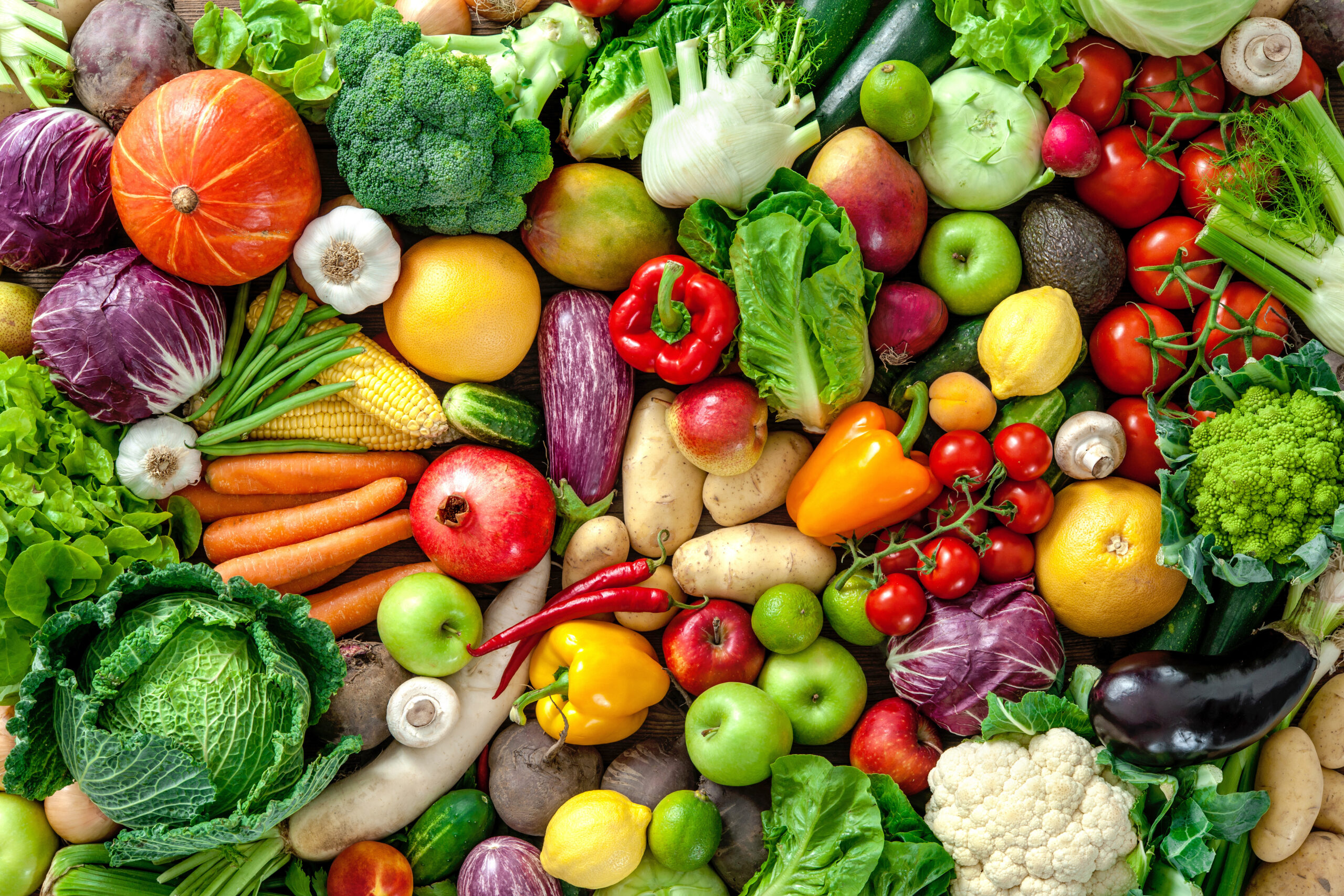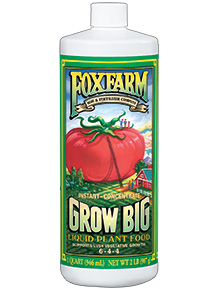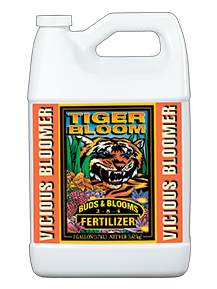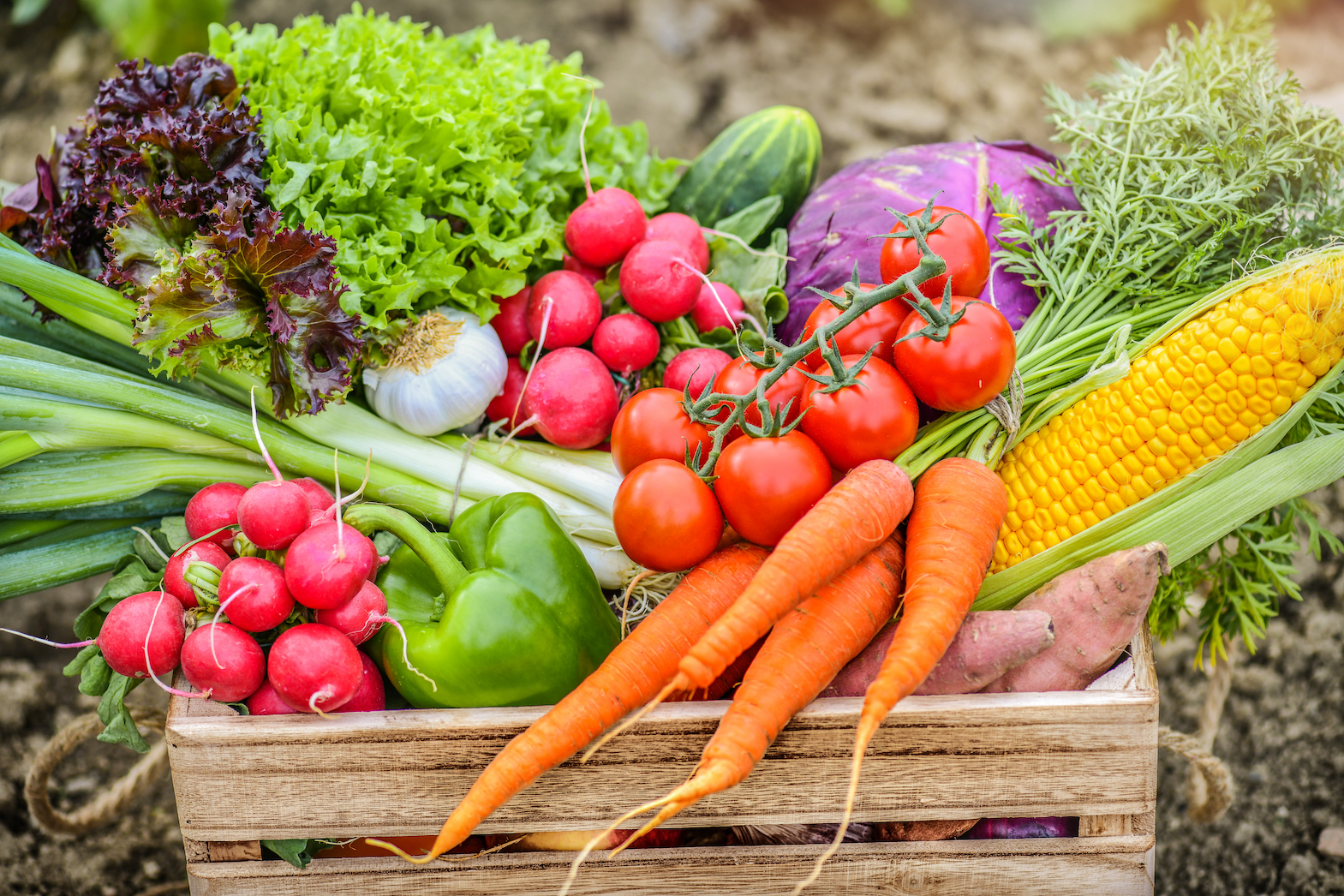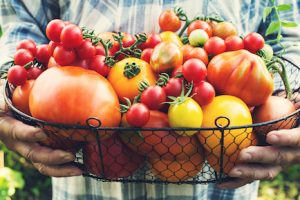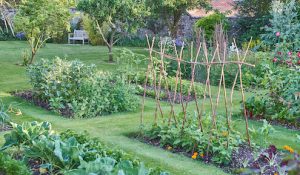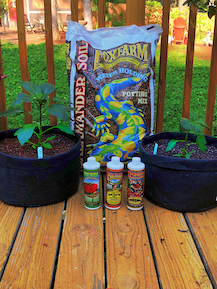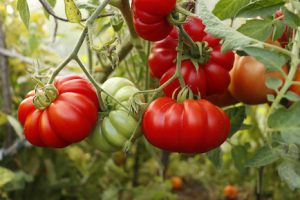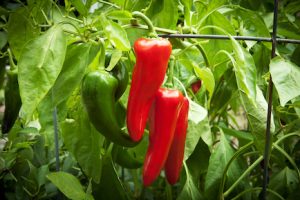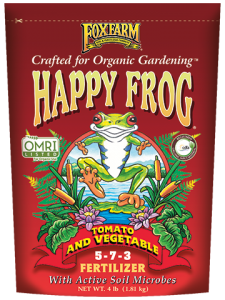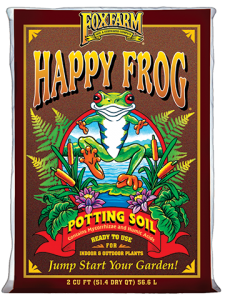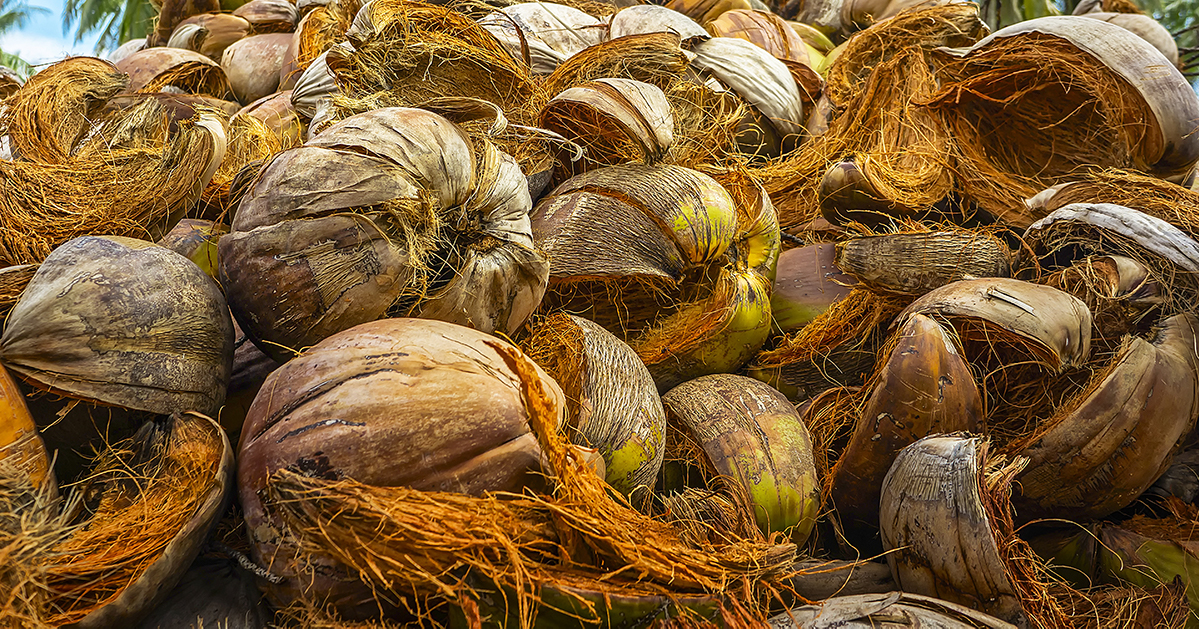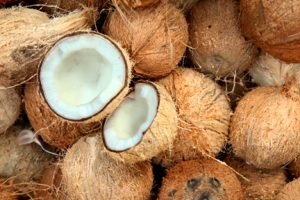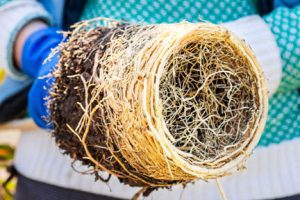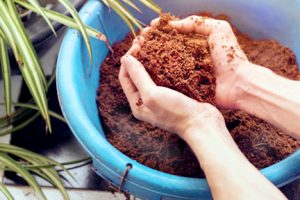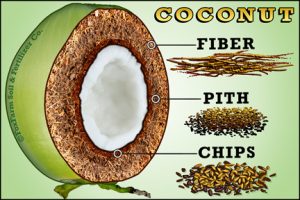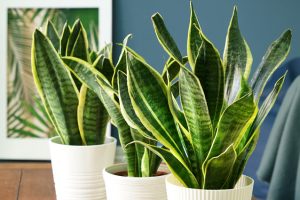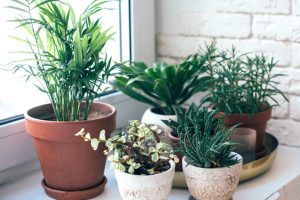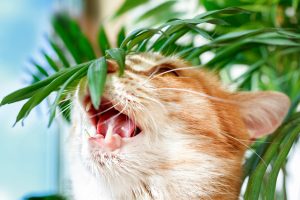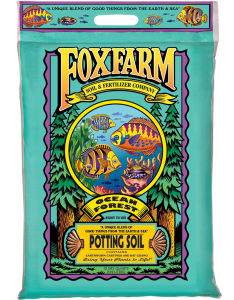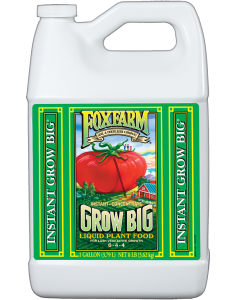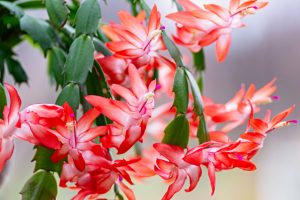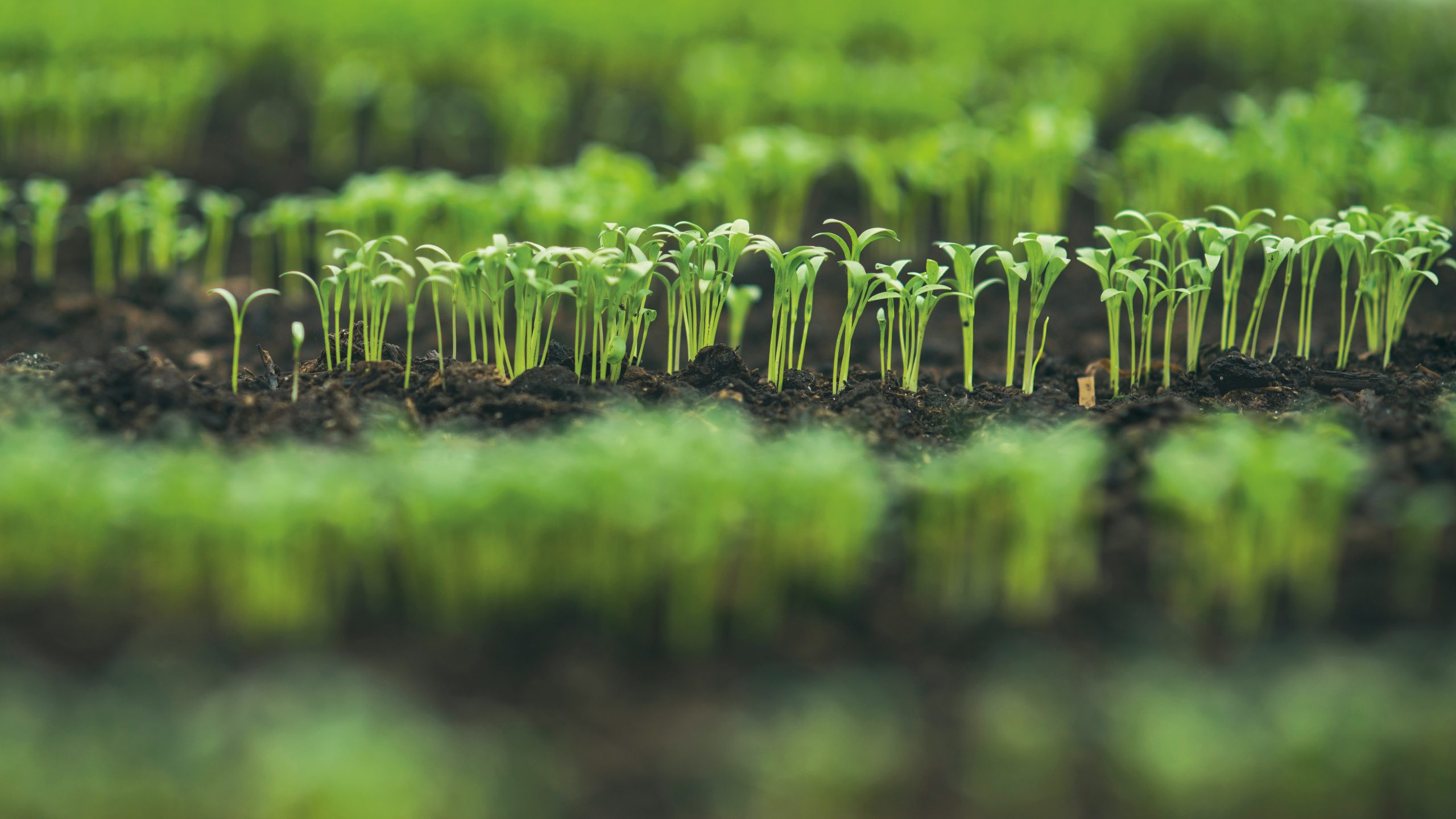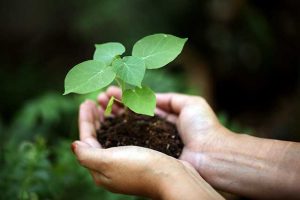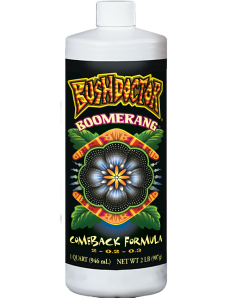For many people, nothing matches the satisfaction of growing a home garden. Not only does gardening allow you to get outside and work in the sunshine, but it also ensures you always have fresh vegetables at hand. Sometimes your garden will need additional help, requiring that you become a detective, sleuthing to find the cause of your plant troubles. Get out your metaphorical magnifying glass: do you see pests present on your plants? Are the color or structure of your leaves looking out of character? If no pests can be found, your culprit could be a nutrient deficiency. Thankfully you don’t have to be a master gardener to identify some nutrient deficiencies commonly found in vegetable plants.
Just like people, plants require specific nutrients to grow and flourish. To help gardeners better understand which elements are most important to plant health, botanists have divided them into two distinct categories: macronutrients and micronutrients. Each of these nutrients can be found on the Periodic Table of Elements.
While just about any nutrient deficiency can hinder plant growth, there seem to be certain elements that give gardeners more trouble than others. By educating yourself on the most common nutrient deficiencies in vegetables, you will increase your chances for a bountiful harvest.
Calcium (Ca) and Magnesium (Mg)
Calcium is important to overall plant health because it gives structure to cell walls, helping give shape to new growth in leaves, stems, and roots. Because calcium is not mobile in plants, it can only be moved within a plant through the process of transpiration.
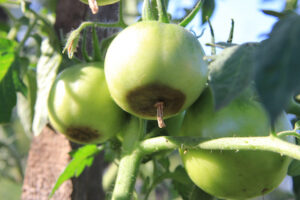
Calcium deficiency is a common problem that first appears on new growth. With calcium deficiency, new leaves are misshapen and brown spots often form on their surfaces. In the worst cases, plant growth slows down and the veins take on a brown coloration. If a calcium deficiency is not caught quickly, it can result in blossom end rot and leaf tip burn, so it is important to address it early.
Magnesium is critical to the function of photosynthesis and chlorophyll production, so in the case of a deficiency there is a shortage of chlorophyll, resulting in stunted and inadequate plant growth. Plants experiencing a magnesium deficiency can also see yellowing of leaves while plant veins remain green, or a reddish-brown coloration around the outsides of leaves. These symptoms tend to afflict older leaves first.
To avoid these costly and frustrating deficiencies we recommend using our Cultivation Nation® Cal-Mag. If you are looking for a solution for organic gardening, try our OMRI listed and CDFA registered BushDoctor® Cal-Mag.
Manganese (Mn)
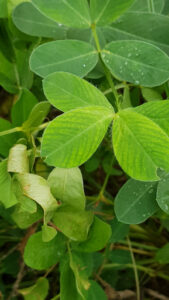
Manganese is a micronutrient that plays a critical role in photosynthesis. Importantly, manganese aids plants in converting energy from the sun into chemical compounds that are used for growth. Manganese also helps maintain the metabolism of different plant cells.
The most obvious sign of manganese deficiency is pale green coloration. Depending on the vegetable crop in question, symptoms can appear first on either old leaves or new growth. When a manganese deficiency goes untreated, leaves may become brown and eventually fall from the plant.
Using our BushDoctor® Manganese at the first sign of deficiency may help you sidestep these symptoms and keep your plants on track.
Iron (Fe)
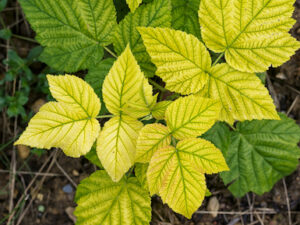
Iron functions in plants very similar to how it does in the human body. Just like iron in blood that transports important compounds throughout the body, iron helps move elements throughout the circulatory system of plants. Iron also plays a pivotal role in helping plants produce chlorophyll.
The most common sign of iron deficiency looks similar to a magnesium deficiency, with yellowing of leaves while the plant veins stay green. However, while magnesium deficiency afflicts older leaves, iron deficiency is evident on newer leaf growth first. The most extreme cases of iron deficiency result in stunted growth and dead leaves. BushDoctor® Liquid Iron can help alleviate these deficiency symptoms if introduced to your plants at the first signs of trouble.
Nitrogen (N)
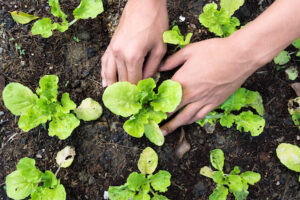
Nitrogen is one of the three primary macronutrients as denoted in the N-P-K ratio. Importantly, nitrogen plays a pivotal role in the early stages of plant growth, such as the vegetative phase. Because it is a part of the chlorophyll molecule, nitrogen helps plants retain their green color.
Nitrogen deficiency is a very common issue with vegetable gardens. With nitrogen deficiency, older leaves at the bottoms of plants turn yellow and die. Another obvious sign of nitrogen deficiency is the light green coloration of the entire plant. Our Grow Big® Liquid Plant Food includes 6% nitrogen, which supports lush vegetative growth.
Phosphorus (P)
Phosphorus is another macronutrient found in the N-P-K ratio. Phosphorus is an important nutrient during all phases of plant growth, having a significant impact on root development and fruit and flower production.
Phosphorus deficiency is most commonly exhibited with unusually dark coloration along the edges of leaves. Certain plants also show phosphorus deficiency with the red shades developing on leaves.
Using a fertilizer high in phosphorus can put plants on the right track. With 8% phosphorus, our Tiger Bloom® Liquid Plant Food is designed to encourage abundant fruit, flowers and multiple bud development when used at the first sign of flowering through to harvest.
Potassium (K)
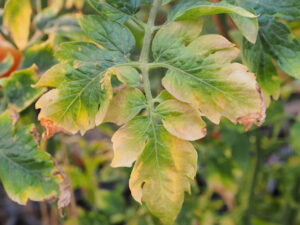
Potassium is the final macronutrient found in the N-P-K ratio, playing an important role during all phases of plant growth with considerable impacts to the structural development of the plant. However, Potassium is particularly critical during fruiting and flowering phases – as it aids photosynthesis and helps transport sugars throughout the plant.
Potassium deficiency is most easily identified by yellow leaf margins that begin at the tips and work their way inwards. With the worst cases of potassium deficiency, the leaf edges may become brown and overall growth of the plant will be stunted.
Zinc (Zn)
Zinc plays a pivotal role in helping plants produce important compounds and proteins. In plants, zinc is used in the creation of both carbohydrates and chlorophyll. This micronutrient also helps plants withstand cold temperatures.
Zinc deficiencies are first displayed in new growth. Most often, you can identify zinc deficiencies with discoloration on new leaves, with dark spots later forming on leaf margins and tips. With extreme deficiencies, all plant growth is stunted – including leaves, flowers, and fruits.
Copper (Cu)
Copper is one of the most important micronutrients for plants. Copper aids in the manufacturing of enzymes, seeds, and chlorophyll. With such diverse applications in plant physiology, veggie crops require some copper during all phases of growth.
Gardeners often identify copper deficiency with wilted leaf tips that change to a bluish green color. Copper deficiency can slow plant growth in every phase. Copper deficiency is also a concern because it leaves plants more vulnerable to pathogens such as mold and mildew.
Don’t Forget About pH
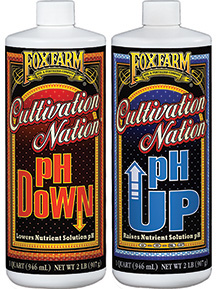
While understanding the nutrient requirements for vegetables is critical for growing healthy crops, there is more to the picture concerning plant nutrition. To this end, the pH of your water and soil are critical to the overall health of your vegetables.
With a pH of 7 being regarded as neutral, most vegetables thrive in a pH range from 6.2 to 6.8. When pH is too high or low, it hinders the ability for your plants’ roots to absorb nutrients. As such, you could have the most well-rounded feeding schedule possible for your vegetables, but still experience nutrient deficiencies due to pH imbalances.
Check out our Cultivation® Nation pH Up and pH Down to raise or lower your nutrient solution to the ideal level for nutrient availability.
Conclusion
Once you get your garden started, kick back, take a break and enjoy the environment that you’ve created. Starting your own vegetable garden will not only provide you with an abundance of fresh produce – it is also a relaxing practice that helps you feel connected with nature. The FoxFarm team is crazy about growing, and we love seeing your thriving gardens via social media. Please feel free to tag us and use the hashtags #FoxFarmSoil and #FoxFarmNutrients when posting photos of your plants. We can’t wait to see how everything grows! If you have any questions, please give us a call! Our Product Support Team can be reached at (707) 443-4369 or cu*************@*****rm.com. May the Fox Be With You!![]()

